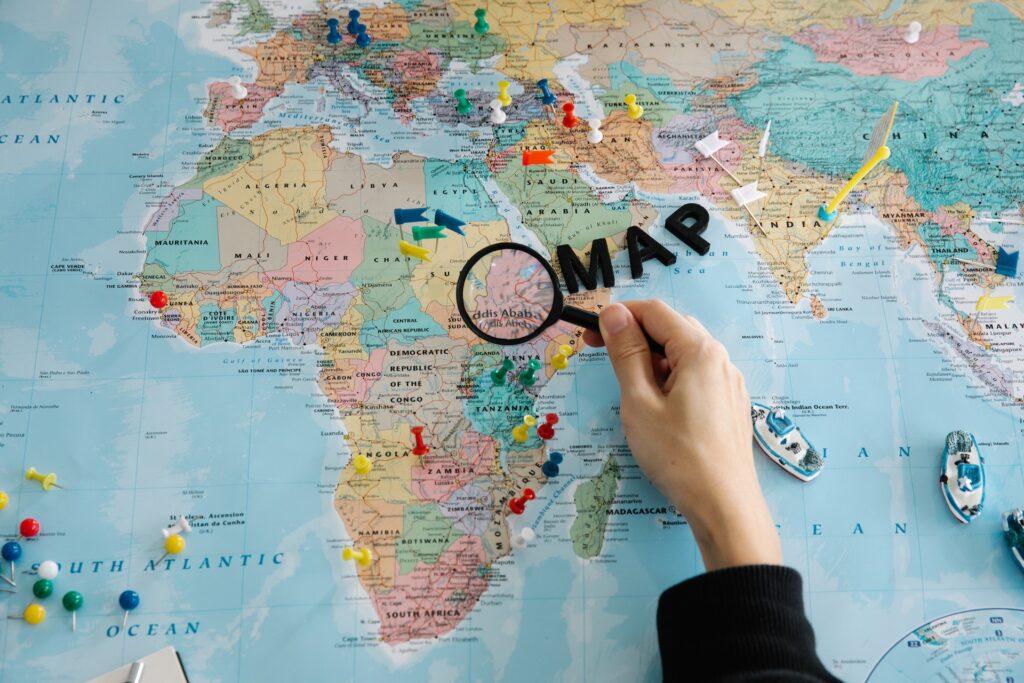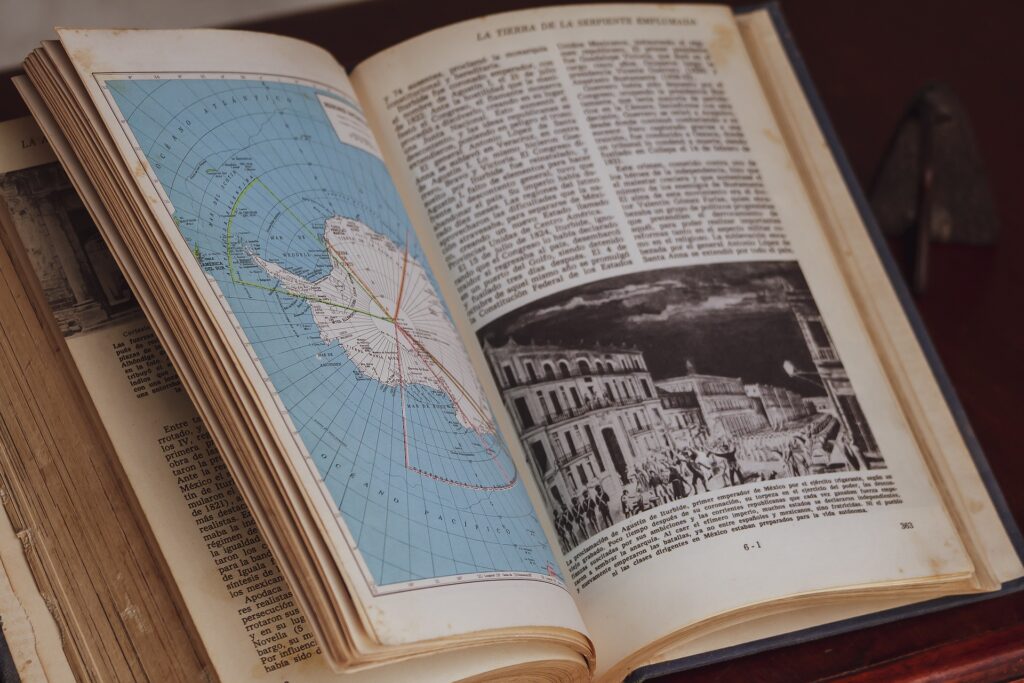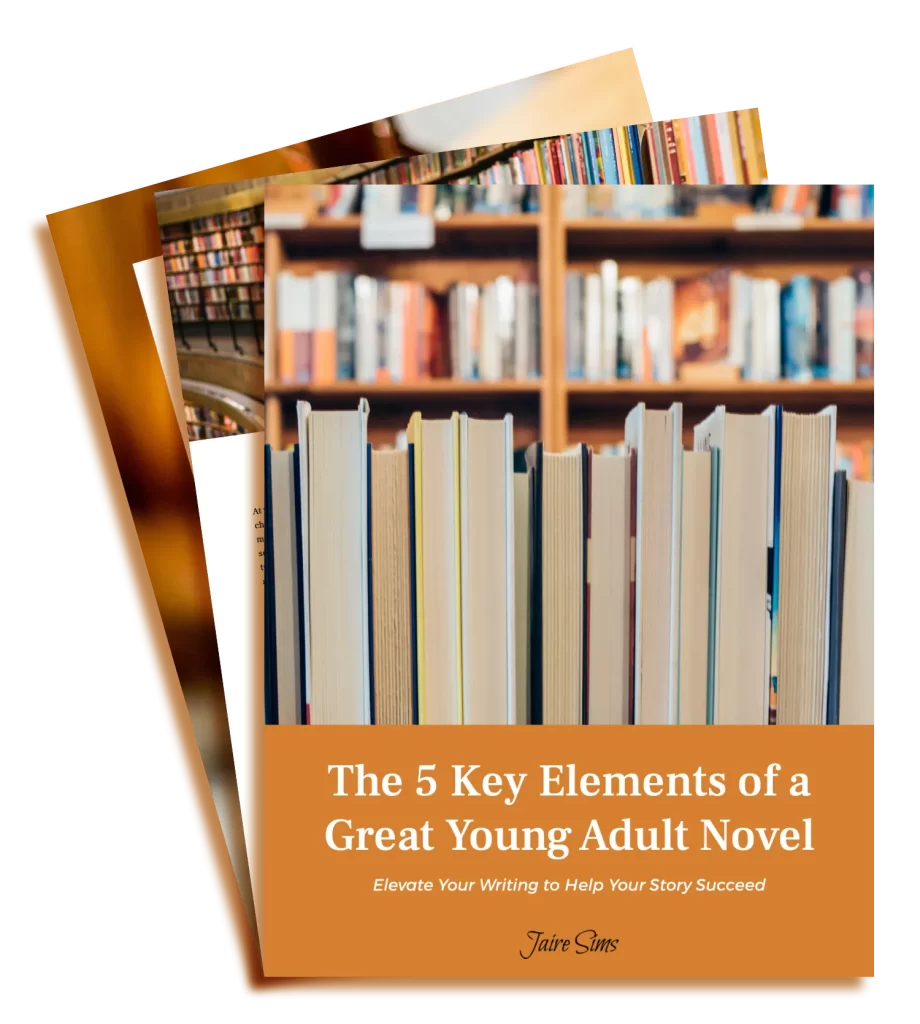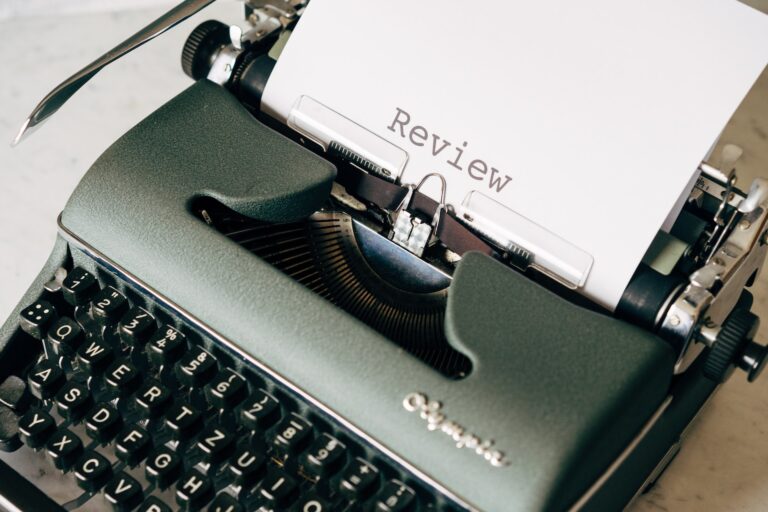Looking at Tips to Improve Your World-Building for YA Fiction
Plenty of YA fiction is rooted in fantasy, science fiction, and other genres. The ones that delve into worlds beyond our own offer pleasant escapes from reality as we lose ourselves in the pages.
Successful world-building for YA fiction can fully capture a reader’s attention, inviting them to explore the lore, societies, and other aspects that make the setting for your story unique. That doesn’t mean you can just make up any old wild concept and slap it in the pages, though.
Quality world-building requires thought and development to help it stay believable and cohesive throughout the entire read. Just like plot holes, gaps in your world-building will pull your audience out of the story.
So, to help you get a jump on crafting your unique world, let’s explore some exercises that can sharpen your skills.
A Tome to Reference

Before you do anything else, you’ll want to build a foundational document called a world bible. Your world bible can be anything: a digital document, notebook, filing cabinet full of pages — whatever works for you. What matters is that it houses all the information on your world, from the history and cultures to the geography, technology, and other concepts (which we’ll explore below!).
Depending on how involved your YA novel or series becomes, this will likely be a living reference guide that evolves as you write. Its job is to get your ideas out of your head and provide a single reference to maintain consistency in your story.
Filling the World Bible
No doubt some aspects of your world have been percolating in your brain as you’ve dwelled on your YA novel idea. Some things will jump to the fore, like locations, the science or magic people interact with, or perhaps the diverse societies and cultures throughout the land. To ensure you don’t overlook anything, though, here are some essentials you’ll want to pack into your world bible.
Map Your World(s)

Whether you intend your YA novel to have a map printed on the initial pages, sketching a map (or multiple if your story jumps between various worlds) can help you visualize your protagonist’s journey.
You can get a clearer idea of the physical layout of the multiple locations and populate the adventure with important cities, landmarks, set pieces, and more to make your story more interesting. It also serves to help you visualize how geography affects other aspects of the world.
Many of our Earth’s historical and present struggles stem from cultural differences, resource demand, or territory, all influenced by geographical positioning. Taking that into consideration can help ground even the most fantastical of concepts in your story.
You’re the Premier Biologist

If your world exists outside our own, it will likely have unique flora and fauna, and you’ll know it the best of anyone. Geography also plays a part in what life is endemic to certain areas and how wildlife and plants interact with the environment.
Thinking about this will also influence how you develop your world’s inhabitants, as they may have specific relationships with the creatures or make use of certain plants while avoiding others.
While you don’t need to craft detailed reports on every living thing, having a thorough list of botanical and zoological specimens helps maintain the believability of a world that’s living beyond your protagonist.
Making People Real

Unless it’s central to your story to be otherwise, your world is likely populated by a variety of different people. You’ll want to explore what makes those people who they are and build their cultural and societal norms.
Consider what goes into their daily lives: what customs and religions they pursue, the languages and ways they speak, the economy and how people make a living, and how that influences their appearances, architecture, wealth distribution, and other societal factors.
While you don’t need to create an entire alphabet, craft a banking system, or draw out every single being and building, having a few key phrases and visuals to draw from solidifies the authenticity of your world.
If you find this a struggle, an excellent way to practice fleshing out your global populations’ cultural and social identities is to write quick scenes or stories that imagine how ordinary people interact. It won’t be long before you can describe what they often do for work, the food they eat, if they worship, and many other things people like you and me do daily.
Looking to History

Creating a historical timeline can influence your main plot, along with the people that populate your story. Outlining significant events from your world’s past provides depth and helps you weave the backstory for your characters.
You can start forming current conflicts, political tensions, technological advancements, and more. To help get you started, look at Earth’s history and see how wars, political decisions, and other significant events were caused and their effects.
The 5 Key Elements of a Great Young Adult Novel
Actionable Building Blocks to Set You on the Path to Success

Desires of the Powers That Be

Putting the work into developing the social hierarchies, political systems, and power structures will provide invaluable insight. You want to figure out what drives the leadership of your world and identify the potential for cultural, political, or religious clashes.
Those systems profoundly affect the people and conflicts of your world, which can drive your storytelling. Again, look at our world; you’ll readily see how our power structures shape everyday life.
The Ways of the World

Science and technology, magic and mysticism, or some combination of both, often are part and parcel of world-building for YA fiction. It’s up to you to determine the rules of how these concepts function so you can create a consistent basis for their use and sometimes drive conflict by breaking them.
These will also factor into many of the above ideas explored so far, applying to political struggles, people’s cultural identities, the economy, and maybe even their faith. You can find evidence in real-world examples of how technology influenced society and vice-versa. Or looking back to history and how belief in magic drove some wild reactions by people.
Through Another’s Eyes

Once you’ve got your world bible populated by the above, inputting your hero and other characters is much easier. How they see the world and its myriad concepts is crucial to your storytelling.
Their experiences matter and influence how they interact with your world, which will ultimately drive the conflicts essential to your YA novel. If you’ve done your character building, it should be a relatively straightforward process to jot down the thoughts and views of your characters with regard to your world.
Adapt the What Already Exists

I’ve said it throughout, but to be clear, consider real-world examples. To help build your world, look at real-world cultures, histories, science, economies, and more to inspire your own ideas. Also, look to other authors who are masters of the craft, like J.R.R. Tolkien, Ursula K. Leguin, Neil Gaiman, Frank Herbert, or Susanna Clarke, to name a few.
Their works cover a variety of genres and styles, so you should be able to find inspiration for your world no matter how grounded in or far from reality it exists. By reimagining or combining different aspects of the real world or the ideas of other authors, you’ll find your way to interpretations uniquely yours.
Feedback and Collaboration for World-Building for YA Fiction

I know sharing your thoughts and ideas with others can be intimidating, but if you have peers you can trust, there’s a lot of value in getting feedback. Connect with your writing groups or reach out to beta readers for their insights on your world-building for YA fiction.
Find out what’s making sense, where you need to develop more, and the parts you can do away with for the sake of our story. Refining your world-building ideas can only improve the authenticity and help draw in readers better.
As you start developing your world-building and the bible for referencing, remember that it’s an ongoing process. Once you have your foundation, new ideas will organically build from the basics, and you can always add further details and layers of complexity.
That said, it can be a slippery slope, so make sure you stay focused on the elements vital to telling your story rather than the finer points of some culture in another location that never influences the world for the protagonist’s journey.
World-building for YA fiction is one of the most fun things for authors, as your creativity can run wild. If you want a sounding board for your ideas or have questions about world-building, find me on social media or send an email to jsims@jairesims.com.







